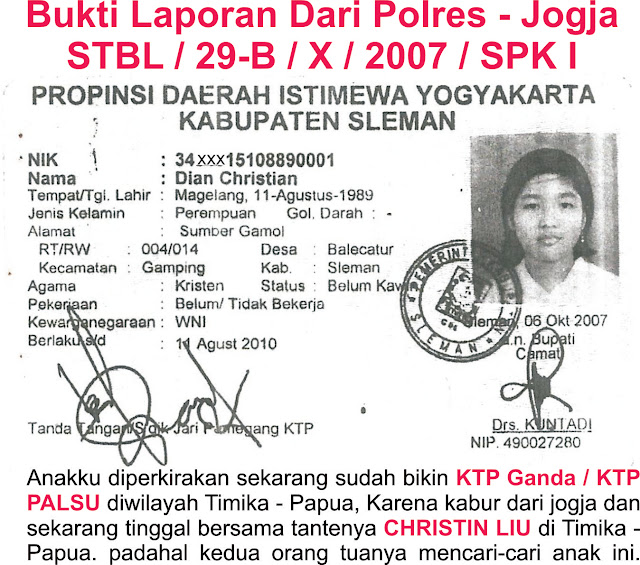

This article shares a strategy in maximising the contribution of the currently available 4 million hectares of rain-fed land to the national food production, and hence sustainable food self-sufficiency in Indonesia. Future research with farmers as its focus and the capacity of Indonesian institutions toward rain-fed farming thus will contribute further to the rain-fed farming development in Indonesia. It is beyond the scope of this study, however, to consider the actual benefit felt by rain-fed smallholder farmers. The production of maize and soybean is also expected to increase by 3.7 million tons and 0.98 million tons per year, respectively.

This study has shown these interventions, when applied to the existing 4 million ha rain-fed fields, are estimated to increase annual rice production by 16.7 million tons. Further, the use of drought-tolerant paddy variety and changing cropping pattern to focus on paddy, maize, and soybean would potentially improve the food production capacity in Indonesia. The establishment of water management system to support rain-fed fields with the introduction of suitable cultivation techniques ( gogo rancah, walik jerami, super jarwo, and ratoon paddy) is known to be effective in rain-fed farming. The major constraint has been limited water supply, where it relies exclusively on the rainfall, and hence its planting index (PI) is still low, on average only 1.05.
#Badan pusat statistik kabupaten maros free
Janiszewsk, K., Aniołowska, M., Nowakowski, P., Free Amino Acids Content from Poland.The contribution of rain-fed farming to national food production in Indonesia has yet to be optimal. Sukmawati, Noor, A., Firdaus., (2015), Analysis of Volatile Organic Compound of Mallawa Honey. Mujetahid,A., (2007), Teknik Pemanenan Madu Lebah Hutan oleh Masyarakat Sekitar Hutan di Kecamatan Mallawa Kabupaten Maros, J. Food Chemistry, 83, 263–268.īadan Pusat Statistik and Bappeda Maros, (2013). Free amino acid composition and botanical origin of honey. Free Amino Acid Content of Pakistani Unifloral Honey Produced by Apis mellifera.

Journal of Liquid Chromatography and Related Technologies, 85: 855 – 862. Free Amino Acid Profiles of 17 Turkish Unifloral Honeys. An overview of honey: Therapeutic properties and contribution in nutrition and human health, African Journal of Microbiology Research 5 (8): 844-852. Analysis of Biochemical Composition of Honey Samples from North-East Nigeria, Research Article Open Access Biochemistry & Analytical Biochemistry, 2: 3. The main amino acids detected honeys were glutamic acid (1060.66 mg/kg, 928.85 mg/kg), histidine (700.37 mg/kg, 478.02 mg/kg), and arginin (683.11 mg/kg, 665.08 mg/kg), but tyrosine and serine not detected. Amino acids of two forest honeys were analyzed using ultra performance liquid chromatography (UPLC). The aim of this research determined the profile of amino acids in honey. Mallawa is one of the areas that has production forests as the second largest honey producer in Maros. Hasanuddin University, Makassar, South Sulawesi Departement of Chemistry, Faculty of Mathemathics and Natural Sciences,


 0 kommentar(er)
0 kommentar(er)
